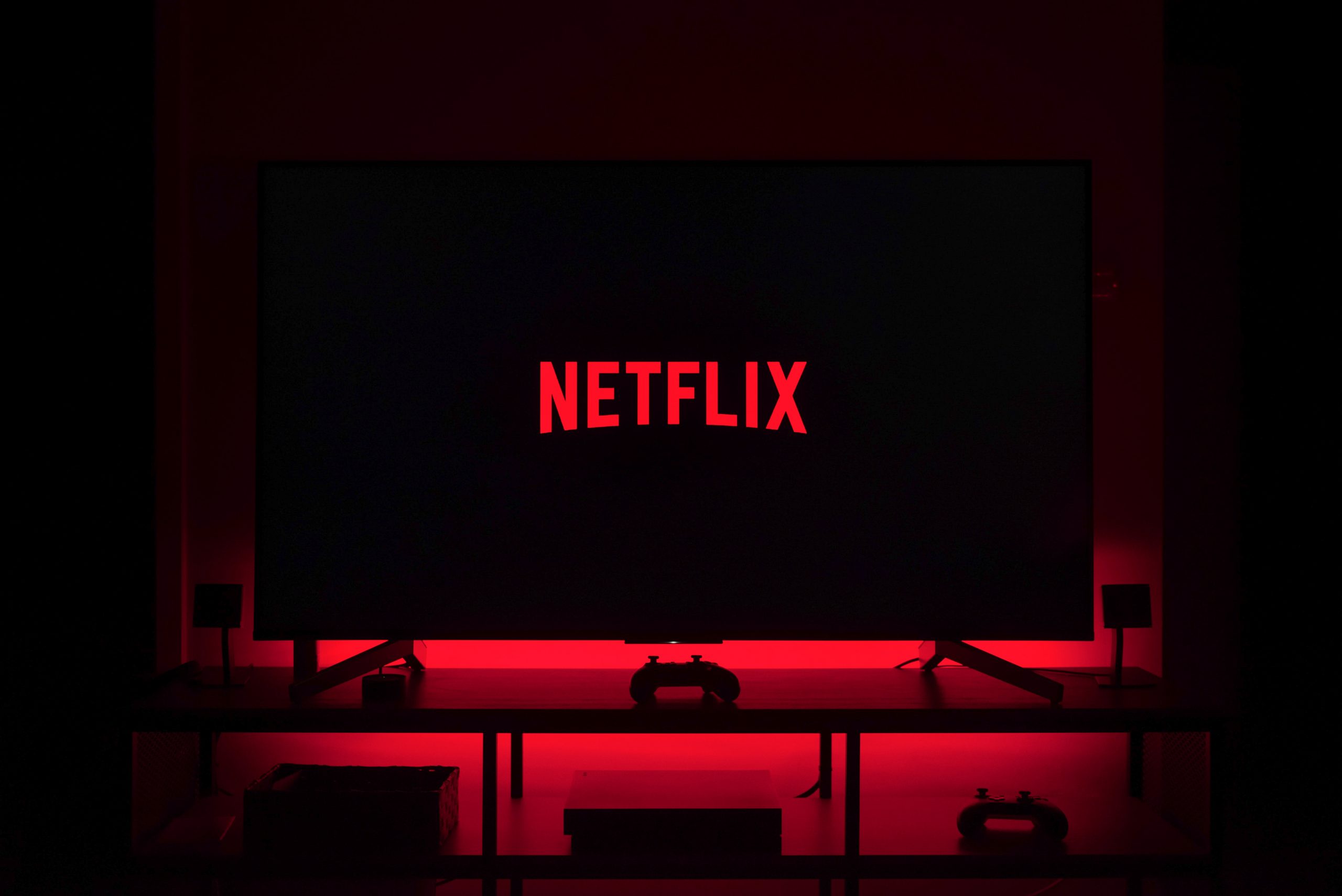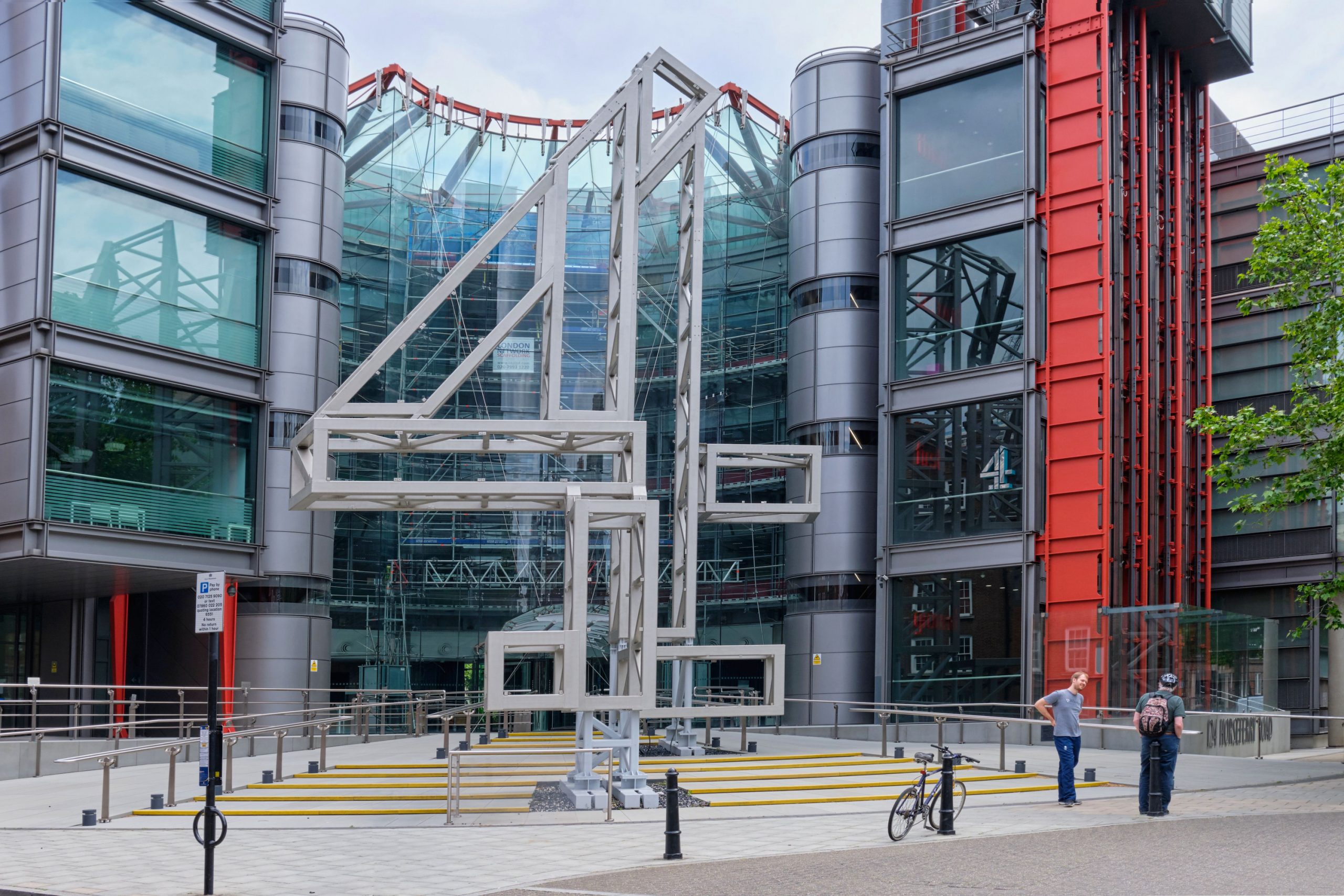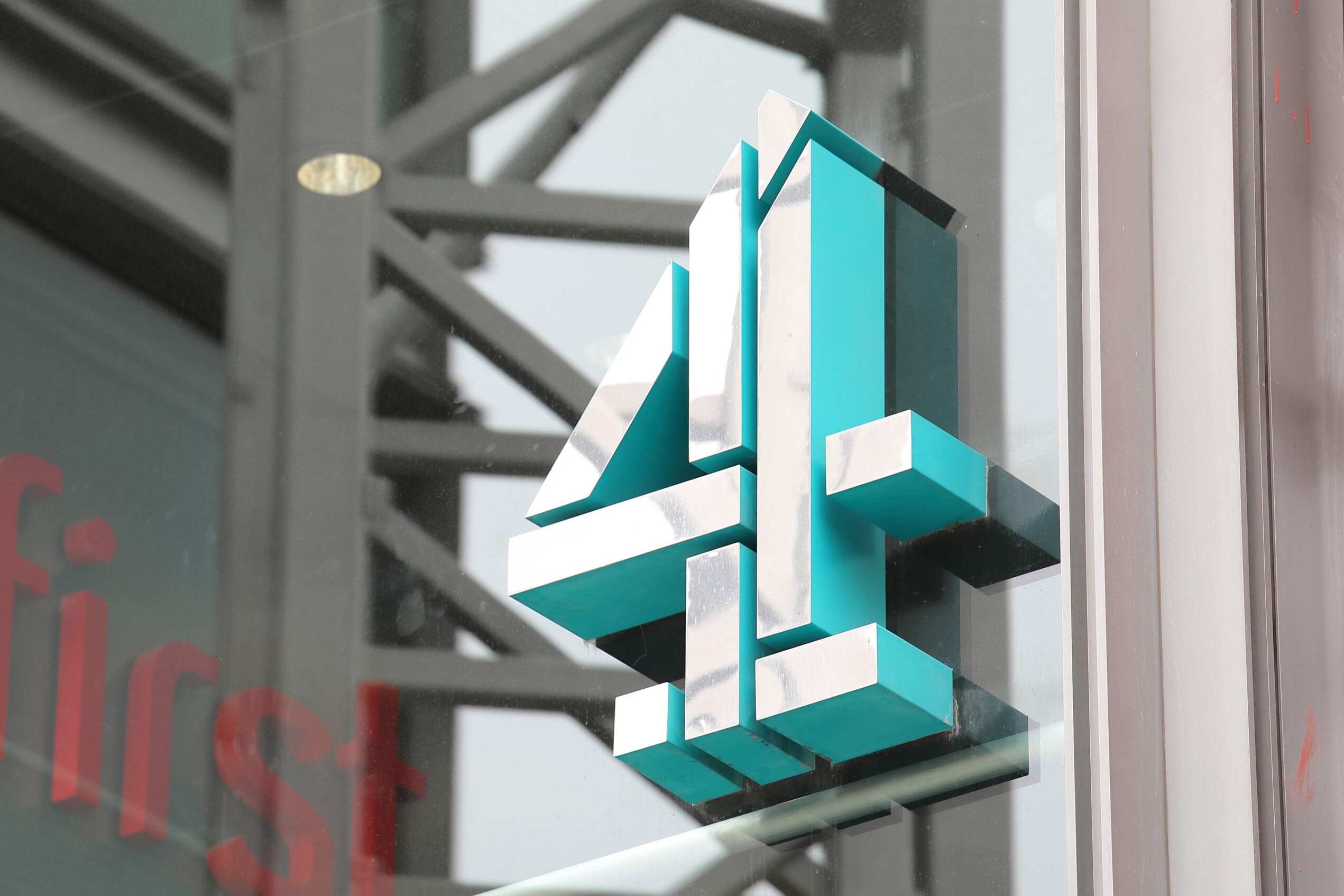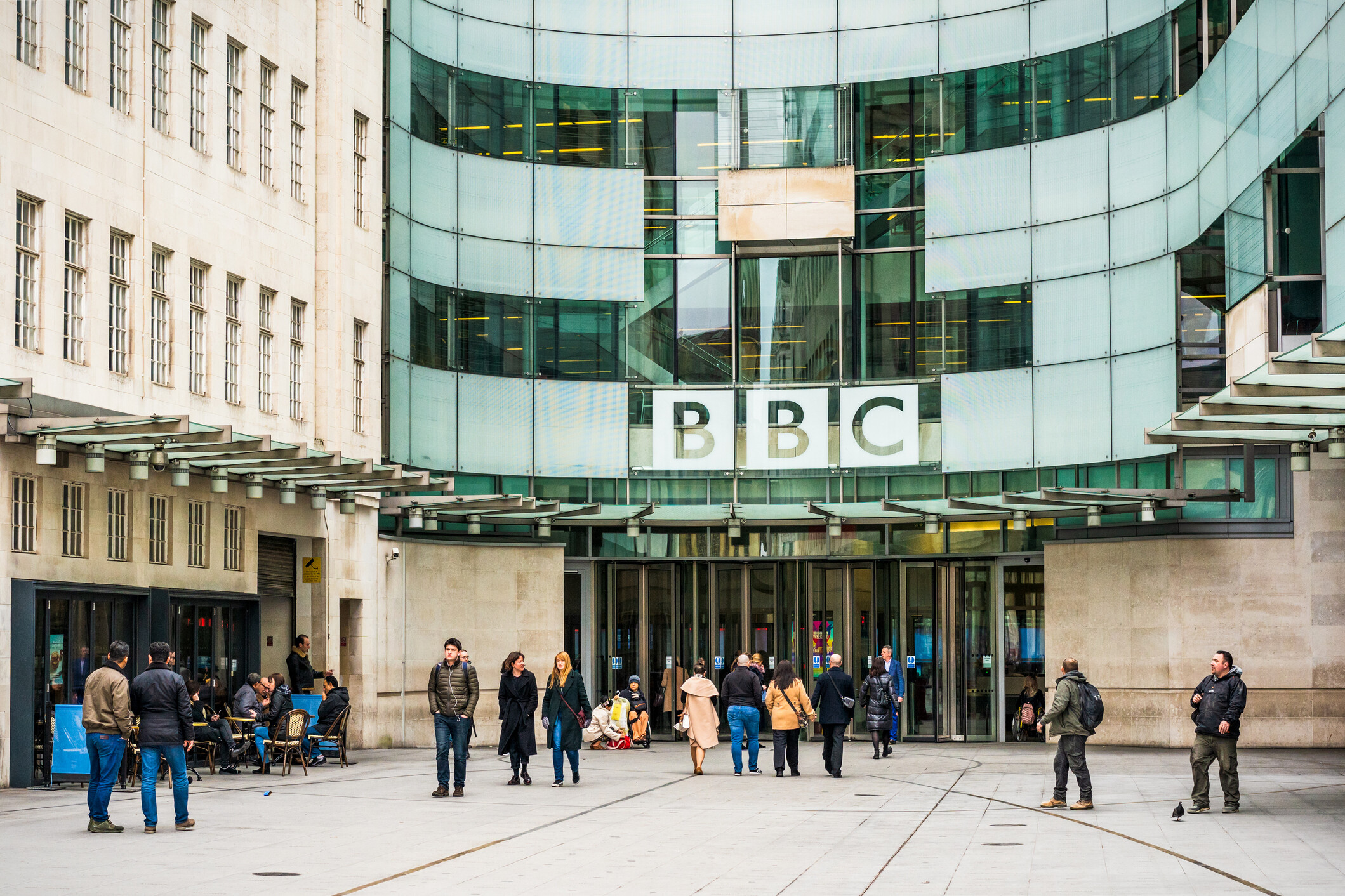What Netflix’s subscription woes can teach public media
29th April
The idea of introducing a Netflix-style subscription model to finance public media is being flirted with in some countries. But what does the streaming service’s recent travails show about how that would work in reality?

After a decade of consistent subscriber growth, Netflix recently announced that they lost 200,000 subscribers over the first three months of this year. The streaming platform further predicted it would lose another 2 million over the next three months.
Consequentially, Netflix has experienced huge market fluctuation, while a number of major announcements have been made by the streaming service to address the decline in growth. But what does this mean for public media?
Globally, public service media (PSM) organisations are facing major questions over how they can be sustainably funded. The licence fee – for so long the eminent funding model for public media – has faced criticism over whether it is fit and equitable for the current digital age. Many PSMs are actively exploring alternative funding models and subscription models have been touted by some as a feasible alternative.
But Netflix’s recent experience has demonstrated why subscription models might not be the panacea some believe.
What has happened to Netflix?
The reduction of 200,000 subscribers in the first quarter of 2022 was a drastic reversal of the streaming giant’s own predictions it would add 2 million subscribers over that period. The announcement had major financial implications, with Netflix’s share value dropping by 35%. Its total value dropped by more than $50bn.
In response to the announcement, Michael Nathanson, an analyst at MoffettNathanson told the Financial Times it exposed the streaming giant as not “that great of a business. … It makes you really wonder if the media companies should roll back some of their ambition to be like Netflix,” he said.
Read more: Explore different PSM funding models
The streaming platform made a raft of announcements which appear designed to sure up its position. It has indicated it will clamp down on subscribers sharing passwords across different households. It has reportedly axed multiple shows that are in-development.
But in perhaps the biggest change to its policy, it plans to introduce a cheaper subscription model, which will come with advertisements. This is a reversal of years of pledges to not introduce adverts.
The streaming platform, over its rise to the top, has also amassed $14.5 billion worth of debt, which it has used to finance its projects.
The loss of subscribers does not signal the end of Netflix, nor the end of streaming. Netflix is still the largest streaming service globally. In 2021, it had around 20 million more subscribers than its nearest competitor, Amazon Prime, and nearly 100 million more than Disney+, the next biggest.
There are, however, other warnings for the sector. After launching at the end of March, it was announced last week that CNN+ (CNN’s experimental subscription news streaming service) will close after just one month. “Our customers and CNN will be best served with a simpler streaming choice,” said Chris Licht, the chairman and CEO of CNN Worldwide.
“It makes you really wonder if the media companies should roll back some of their ambition to be like Netflix” – Michael Nathanson, analyst at MoffettNathanson
And in the UK, amidst a pressing cost-of-living crisis, subscriptions have turned out to be an easy cost to cut. 1.5 million streaming accounts have been closed over the first three months of 2022. The UK is not the only country facing a cost-of-living crisis.
How does this apply to public media?
The rise of the streaming services has dramatically altered the TV and movie production industry, at the expense of public media.
Global streaming services have budgets that are vast compared to national public broadcasters, simply by way of their audience pool. And they have been flexing their muscles. Huge levels of investment in entertainment by streaming services has caused the cost of production to inflate. This is a threat to PSMs, which are forced to pay more to produce the same level of programming.

This threat has been further complicated by the various funding troubles many PSMs have faced in their respective countries. Ireland’s RTÉ and South Africa’s SABC, for example, both experience high levels of licence fee evasion.
In other countries, such as France and the UK, the licence fee has become an effective political football for politicians. France’s President and the UK’s Culture Secretary have both promised to remove the licence fee for good. Many other countries are faced with similar financial pressures.
Read more: Channel 4 must not be privatised
Consequently, the question has arisen over whether subscription models are in some way the answer for the future of public media. The UK is the clearest case study where this is currently happening. The UK government announced that public broadcaster, Channel 4, is to be privatised, so it can be free to compete with the streaming platforms. The government has also suggested making the BBC operate through a subscription service.
In an editorial published in the i newspaper, Culture Secretary Nadine Dorries explained why she was pushing ahead with the sale, despite significant opposition from the public, politicians, the wider media industry and the broadcaster itself.
“The case for a sale is stronger than ever. A sale would release Channel 4 from the outdated shackles of public ownership. It would allow it to turn on the private funding taps, and invest heavily in new technology and programming.”
Privatisation of Channel 4 ‘has to happen for a number of reasons’, says Culture Secretary Nadine Dorries.@IainDale | @NadineDorries pic.twitter.com/NZIqFKKth9
— LBC (@LBC) April 28, 2022
“Once you’re trying to serve a subscription base and a commercial agenda … suddenly you are doing things that are there to make profit and make a return to a specific audience” – Tim Davie, BBC Director-General
Ms. Dorries argued that with advertising revenues moving online, linear television needs to adapt. But this neglected the point that Channel 4 already has a very successful online streaming service, All 4.
In the latest government White Paper on broadcasting regulations, Ms. Dorries also recognised the impact streaming services have had on viewership numbers, but failed to point out the recent decline in Netflix subscribers. The White Paper does, however, include some interesting reforms to the sector, designed to level the field between streaming platforms and PSMs, and PMA will be providing an analysis of the paper in the coming days.
What would this mean in practice?
The Public Media Alliance has multiple concerns about what a subscription service for public media would mean in practice.
Any funding model to replace the licence fee, or any public funding model, needs to at the very least match that which already exists. More importantly, it needs to provide financial security and longevity for the public media organisation. It needs to guarantee distance from government to maintain editorial independence, and it needs to retain the direct connection between public and public media.
The experience of Netflix and CNN+ demonstrates the subscription service model is far from safe or sustainable and would not guarantee a public media organisation any semblance of security.
Meanwhile, the subscription service appears even worse when considering Channel 4’s specific mandate to invest in smaller production companies. The UK government has promised this will remain in any conditions of sale to a private owner. But drastic fluctuations in value as Netflix experienced could lead to big cost cutting exercises, which would affect the UK production industry most.
Finally, the subscription model compromises public media on one of its most innate purposes: to represent and entertain everyone, not just a select few. Tim Davie, the BBC’s Director-General, argued that if the BBC were to make its money through subscriptions, that it would focus the organisation’s content towards a certain group of people – those that could pay.
“Once you’re trying to serve a subscription base and a commercial agenda – and, believe me, I’ve run commercial businesses – it is a completely different situation, because suddenly you are doing things that are there to make profit and make a return to a specific audience,” he told Radio 4.
This contradicts everything public media represents. Public service media should not be beholden to one group of people, but rather to the public at large.
With public media funding a significant issue globally, Netflix’s experiences weeks illustrates why a subscription model is a risky ‘solution’. It would not provide financial security and it does not align with public media’s raison d’être.
Related Posts
3rd February 2022
Ireland: RTÉ pushing for changes to funding
RTÉ's Director-General says the current…
18th January 2022
BBC funding freeze: the importance of a licence fee
BBC's funding freeze and talks of a new…
25th June 2021
What the public stand to lose if Channel 4 is privatised
The UK’s public media landscape has…


